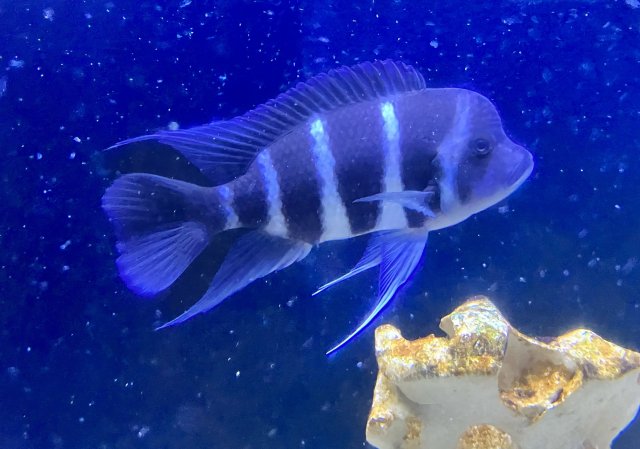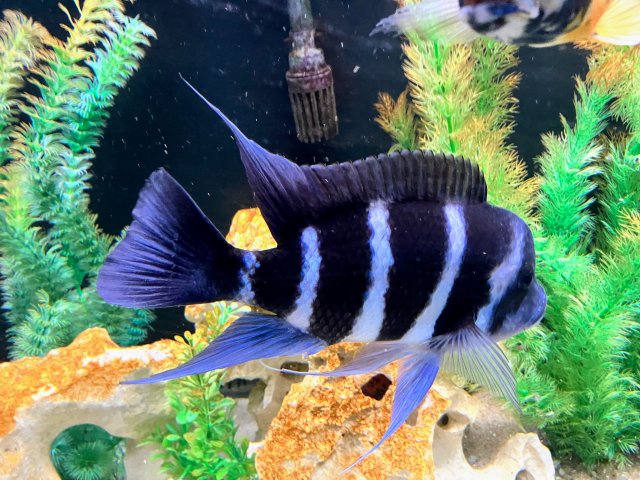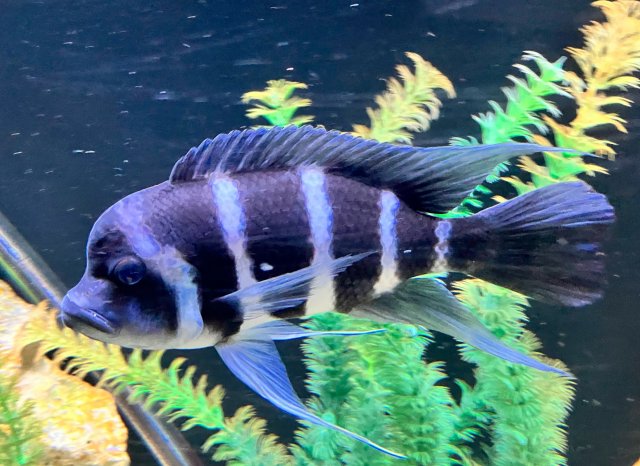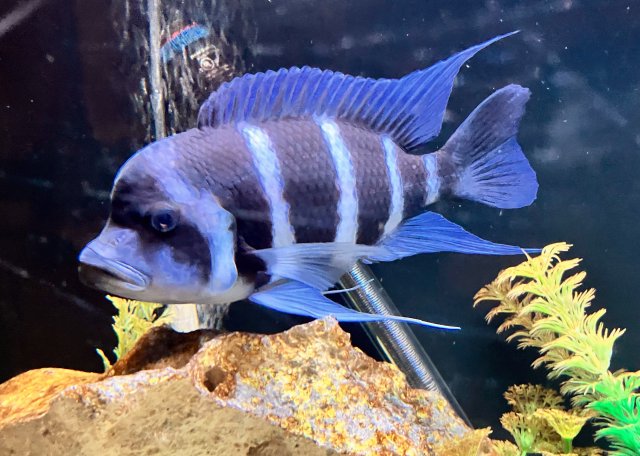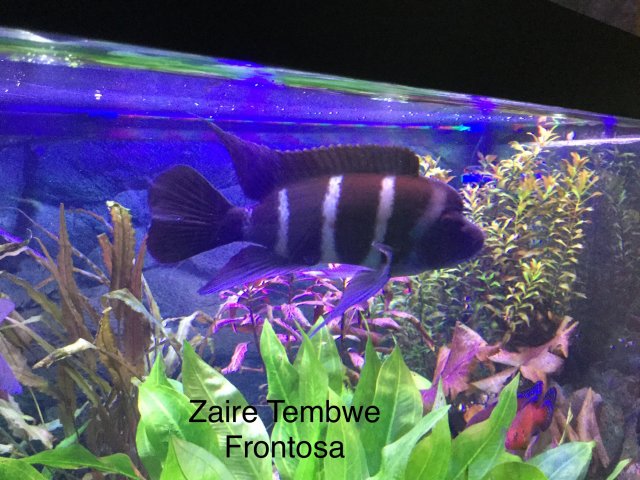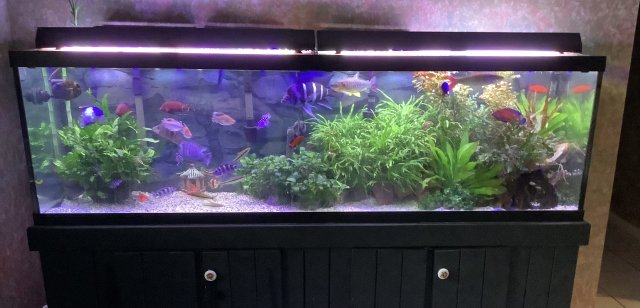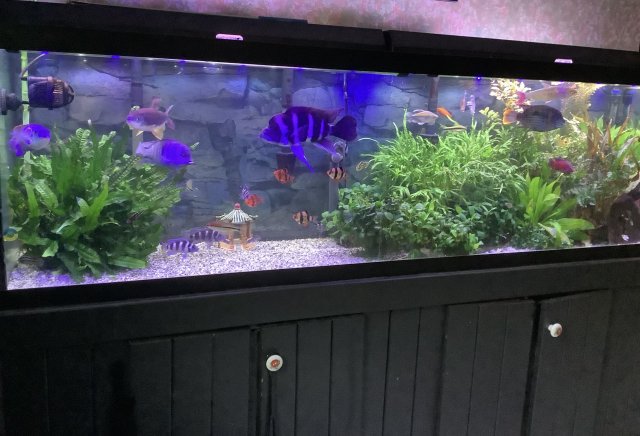Hi, I would like to keep Cyphotilapia(fronotsa, gibberosa) in several aquariums. I would like to ask what are the differences between them? I have 3 free aquariums, so i would like to ask?
1. Which variant is the bluest?
2. Which variant has the longest fins?
3. Which variant has the biggest hump on the head?
Thank you all for your answers.
1. Which variant is the bluest?
2. Which variant has the longest fins?
3. Which variant has the biggest hump on the head?
Thank you all for your answers.


